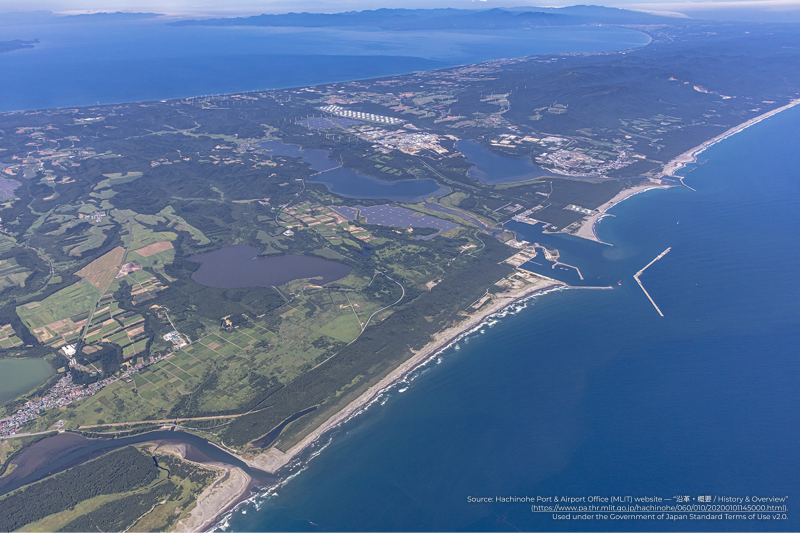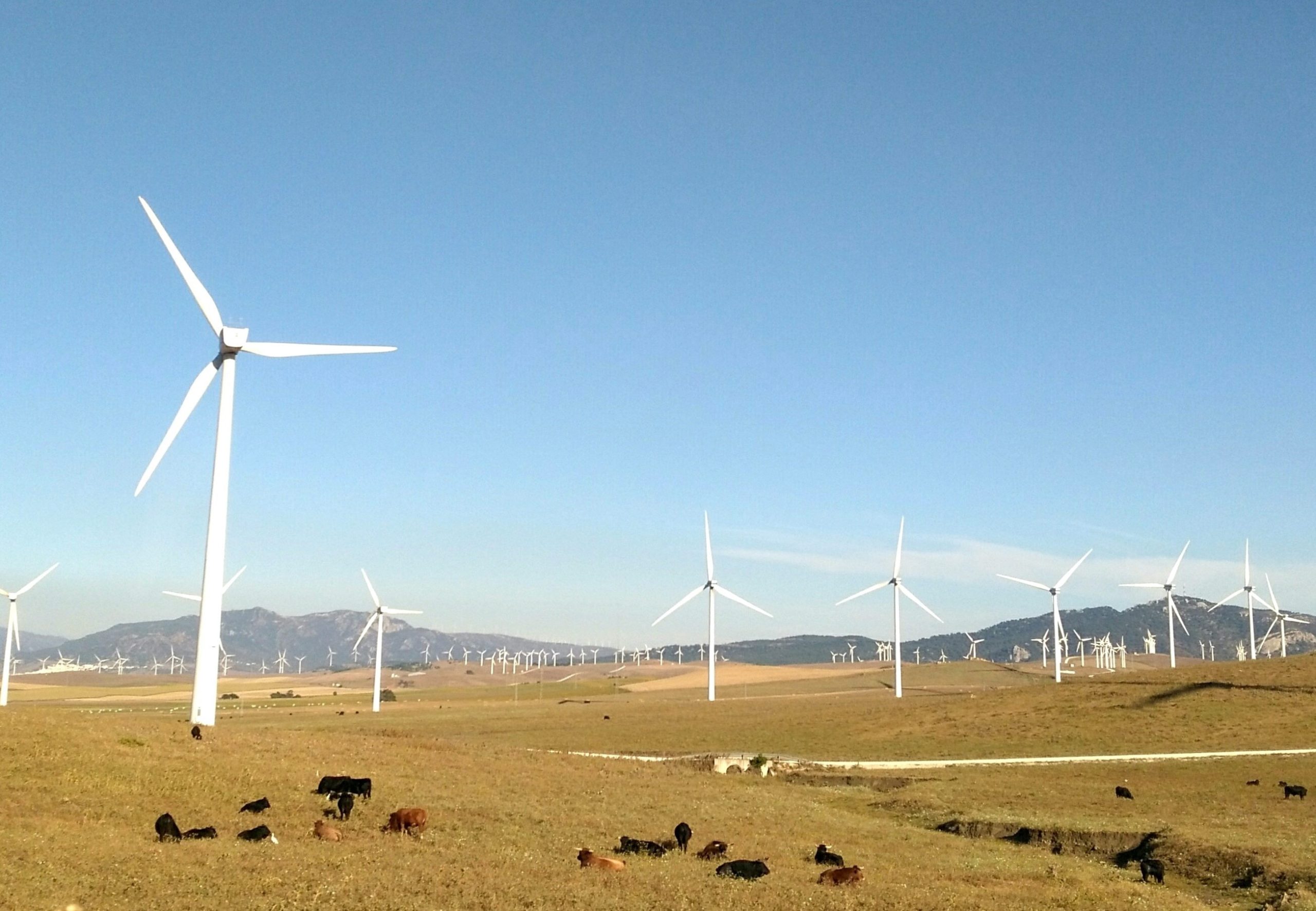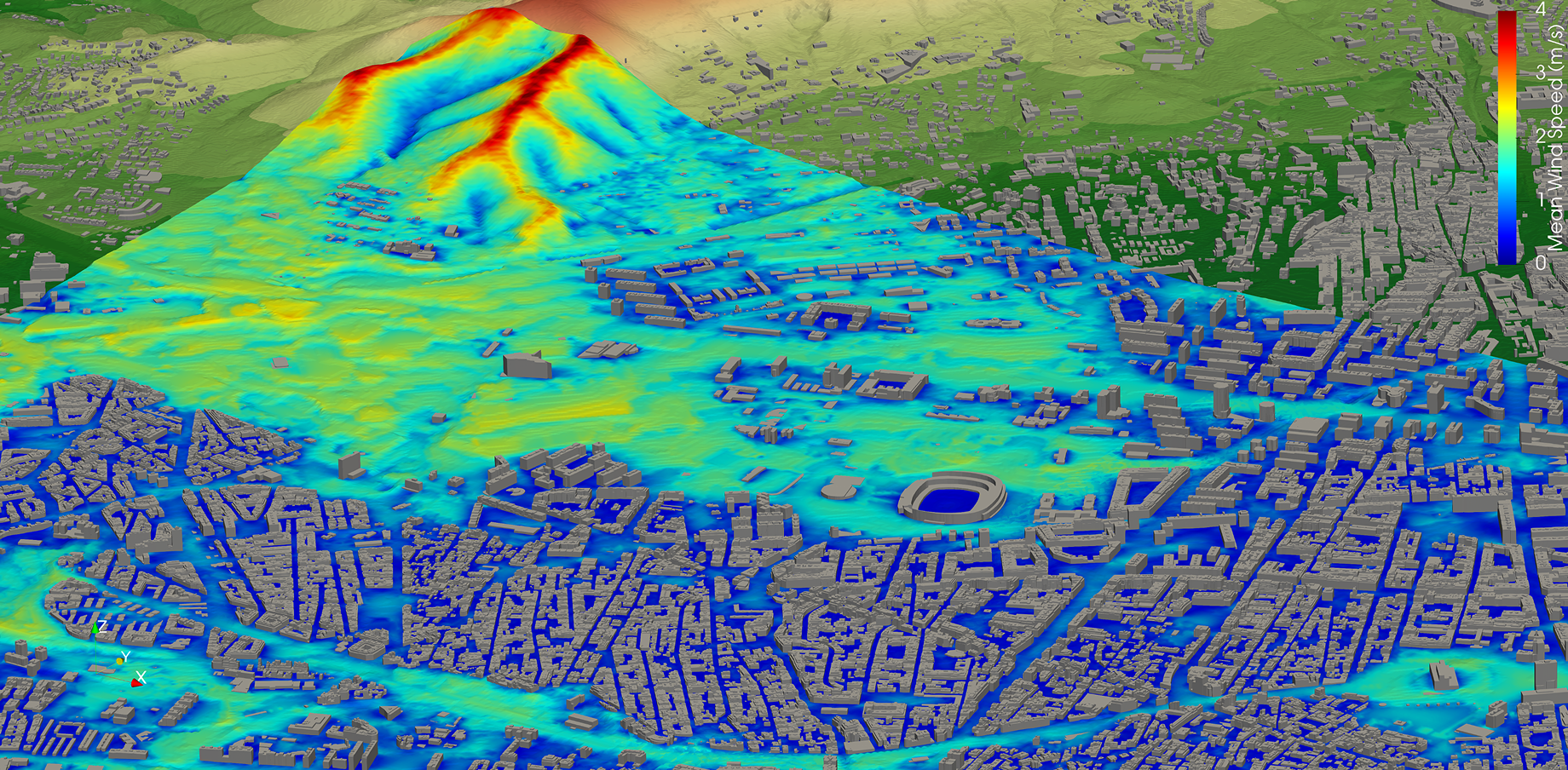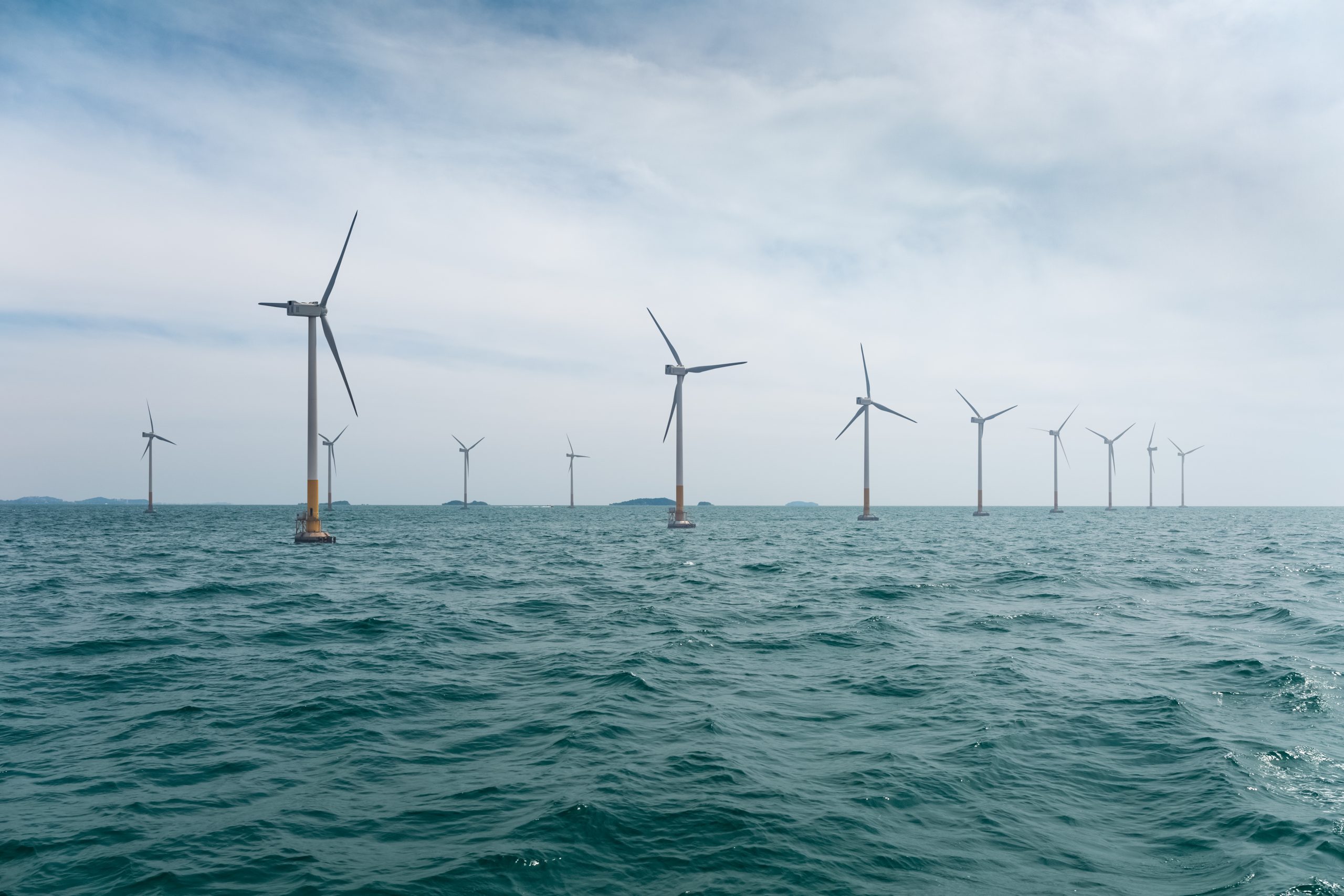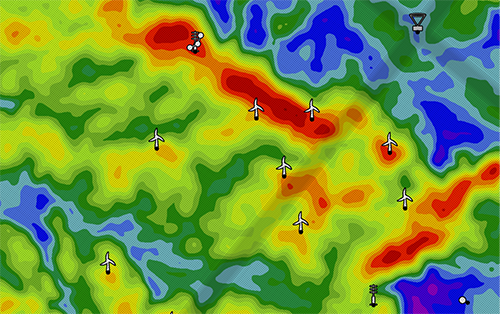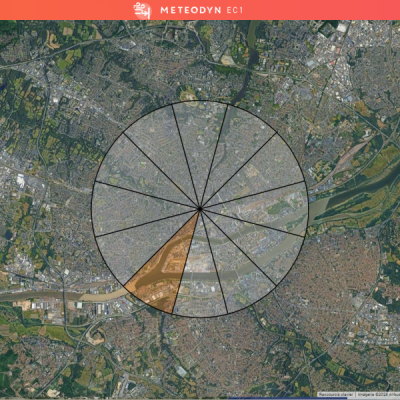Resources
Webinar: How to use wind data correctly in wind engineering?
Adjust your wind data for greater accuracy. Join our webinar! In this session, you will discover that small biases in wind data selection can lead to wrong conclusions on pedestrian comfort, facade loads or structural safety, especially in dense and complex urban...
Webinar: Analysis of a CFD study of wind resources for a coastal wind project
Scientific Wind Sessions Wind power project in Mutsu Ogawara port, Japan (forest + stability) In collaboration with RERA Tech Inc., Meteodyn presents an in-depth CFD study conducted at the Mutsu-Ogawara Metocean Observation Center, the first Japanese offshore...
Webinar: SCADA data for analysing wind turbine performance and yield
Wind farm data is an essential lever for revealing trends, diagnosing issues and optimising turbine behaviour. During this webinar, we will explore how to fully leverage wind farm SCADA and performance data, with METEODYN WPA and our services, to uncover long-term...
Webinar: Discover the new version of UrbaWind® (3.5)
Discover the new version of UrbaWind® (3.5), which introduces many new features, including climate projections based on scenarios defined by the IPCC, enabling you to guarantee the sustainability of your designs, as well as a comparison tool.
Natural Ventilation: How to assess and optimize it in buildings using numerical tools?
How to assess the natural ventilation of buildings in urban areas and to optimize it using numerical tools like CFD software? From assessing natural ventilation and air exchange rate potential to optimizing the placement of openings, this webinar covers all aspects of...
Webinar: New technologies for offshore wind power
As offshore wind energy grows, so does the need for accurate and reliable wind data. To help offshore project developers and decision-makers, Meteodyn has developed a comprehensive new offering combining scientific excellence and operational value. Watch our webinar...
Webinar: Pedestrian wind and thermal comfort
In this webinar, you will discover how microclimatic modeling can guide urban planning decisions, improve outdoor comfort, evaluate pedestrian thermal and wind comfort, and meet regulatory requirements, using UrbaWind®, our advanced CFD-based simulation software.
Webinar: Discover the new version (1.10) of Meteodyn WT
The new version (1.10) of Meteodyn WT is out! We’ll unveil its new features during a webinar on Wednesday, May 28th. Version 1.10 introduces many enhancements to support your studies, including a more intuitive interface and advanced turbulence and wake modelling...
Meteodyn EC1 : Calcul automatique pour le dimensionnement au vent selon l’Eurocode 1
La conception des structures et bâtiments doit tenir compte des conditions de vents extrêmes. Le dimensionnement au vent des constructions est régi par l’Eurocode 1 (1) : « Actions sur les structures » et plus particulièrement la section « Actions du vent ».Il est...

